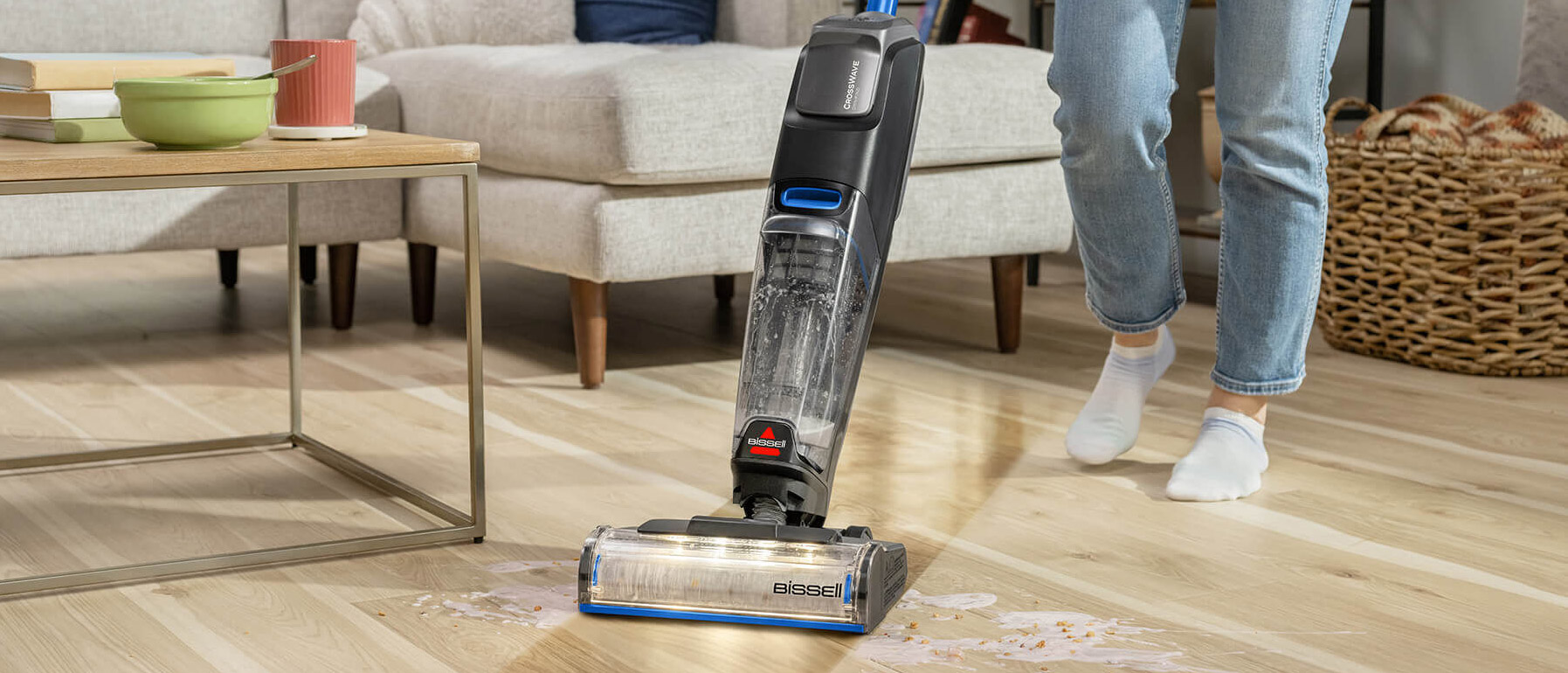The Pixel 7a has one feature I wish I had on my Pixel 6 Pro
Oh how I wish I had Photo Unblur on my Pixel 6 Pro
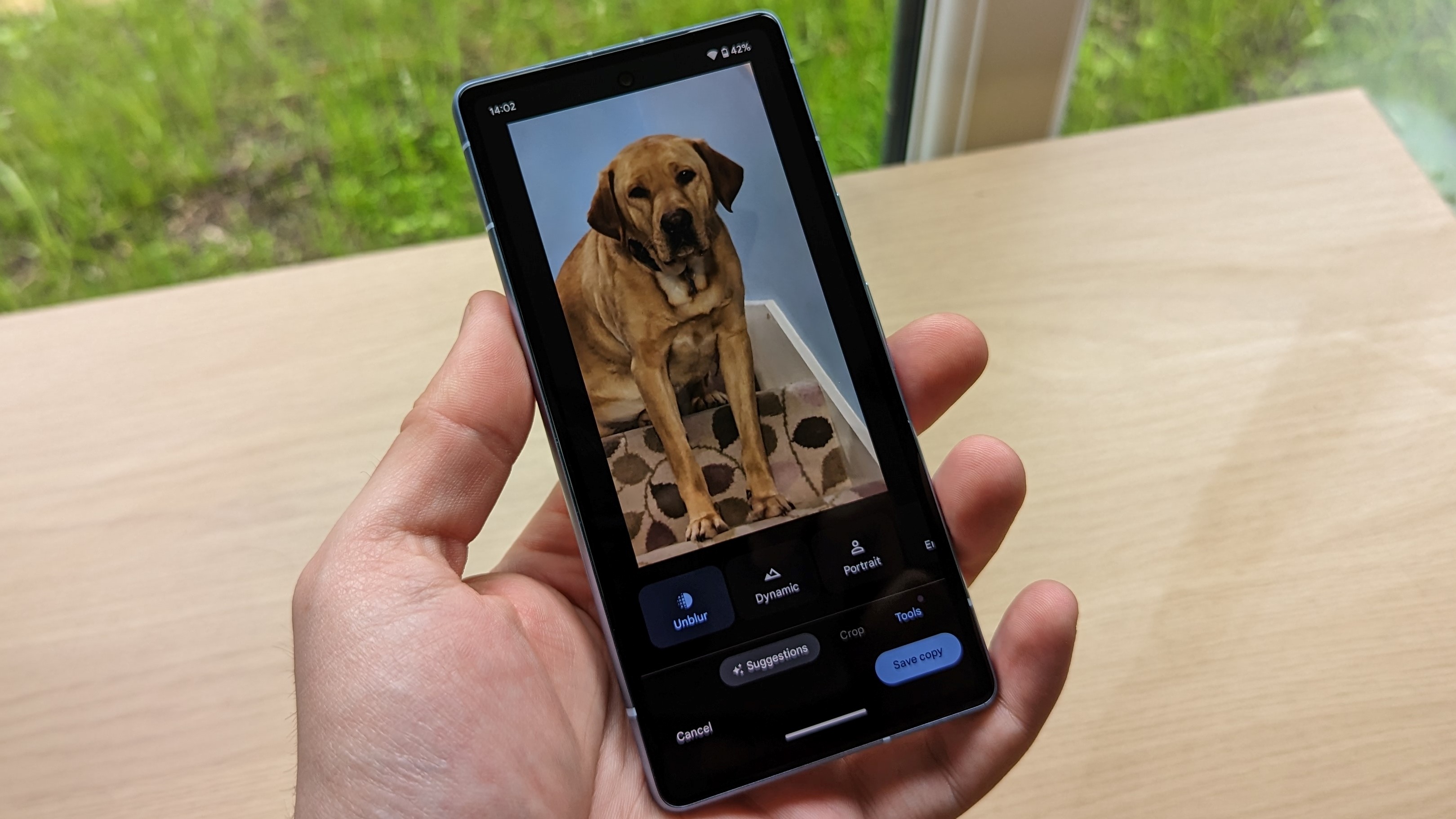
Last week at Google I/O, we saw the unveiling of the new mid-range Pixel, the Google Pixel 7a. It's an impressive phone, like many A series Pixels before it, even if it isn't anywhere close to being a premium flagship-tier smartphone.
I can't help but feel envious of people who will go out and buy the new device. Which is really weird because my day to day phone is the Google Pixel 6 Pro. The previous Google flagship isn't even two years old, but in some ways it feels like it's fallen quite far behind the Pixel 7 family — and it's all thanks to a single feature.
Recently I've found myself wishing that my phone came with Google's Photo Unblur technology. Every time the lighting isn't quite right, the focus is off, or my dog moves mid shot, I silently bemoan its absence.
Sadly, the Pixel 6 Pro runs on the first generation Tensor chipset, while Photo Unblur is exclusive to the Tensor G2, which powers the Pixel 7a. That means this mid-range phone, priced at $499 manages to do something my $899 flagship can't — simply because it's too old to handle it.
It’s silly, but I can’t help but find myself caring about it
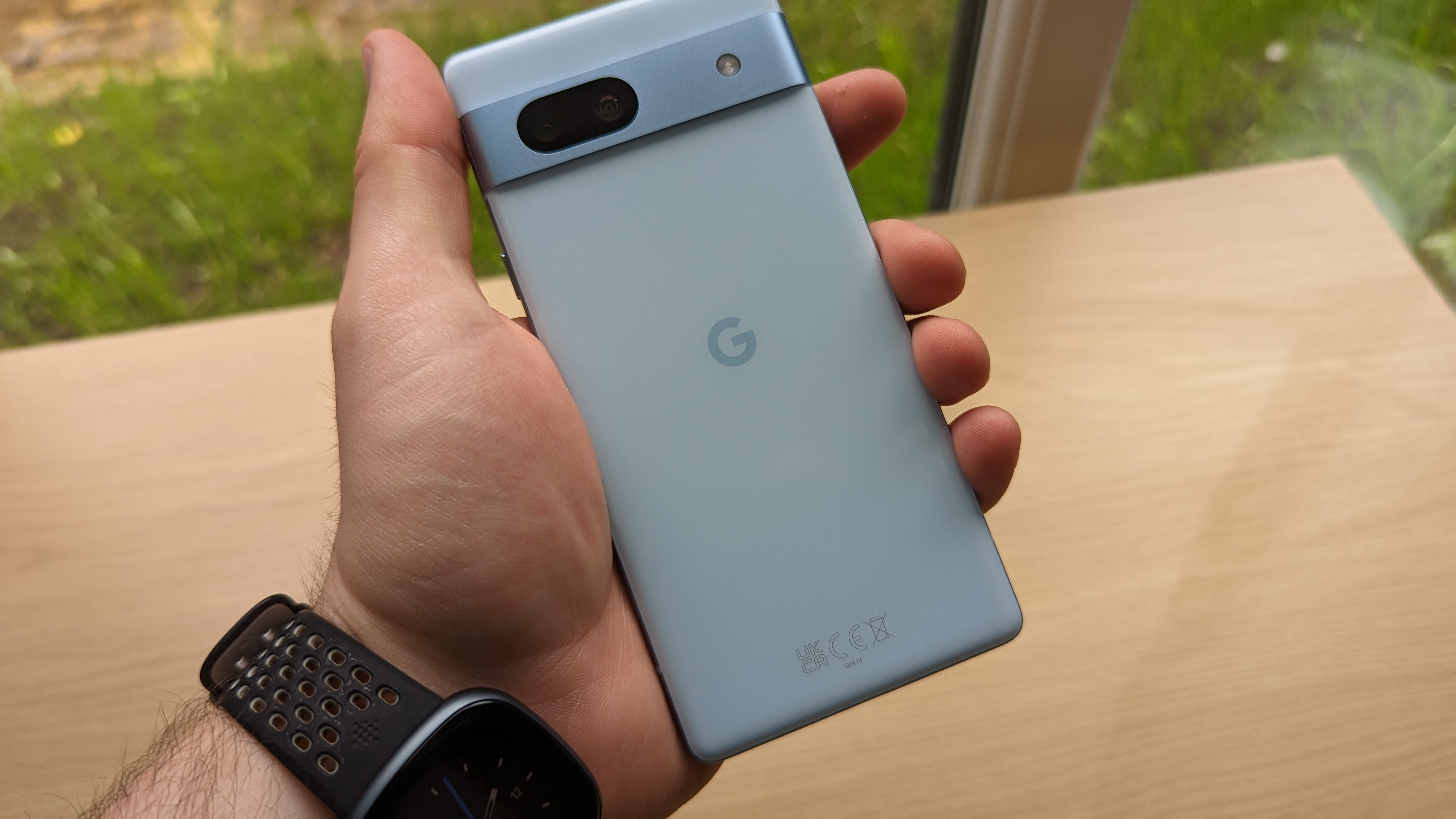
Now I know what you might be thinking. With the annual phone release cycle the way it is, of course my phone is going to be missing out on some of the latest and best features. That’s something smartphone users have to get used to, unless they have enough money to upgrade their phone every 12 months.
But while I can fully understand my Pixel 6 Pro being outmatched by the Pixel 7 Pro, it’s astounding to think that the Pixel 7a can do things an 18-month-old flagship can’t. It’s a mid-range phone that costs almost half the price, and yet it can do the one thing that I find myself constantly wishing I had access to.
I am completely aware that this is such a silly thing to fixate on. The number of blurry photos I take is pretty low — I struggled to find any when scrolling through my photo gallery. It helps that it’s rare that I find myself unable to take a second shot to compensate for a previous mistake.
But there are times when I’ve taken time-sensitive shots that don’t allow for a do-over, only to find that the final product is covered in a fuzzy haze. It’s those times when I really wish my phone could do more than just unblur human faces.
Of course it is worth mentioning that Photo Unblur is not magic, and its capabilities only go so far. As our testing back in November showed, the results are usually subtle, particularly on modern phones, and some photos may be beyond saving. Certainly with our current level of mobile technology. It’s facts like this that helps to temper my FOMO somewhat.
The Pixel 6 Pro beats the Pixel 7a in almost every other way
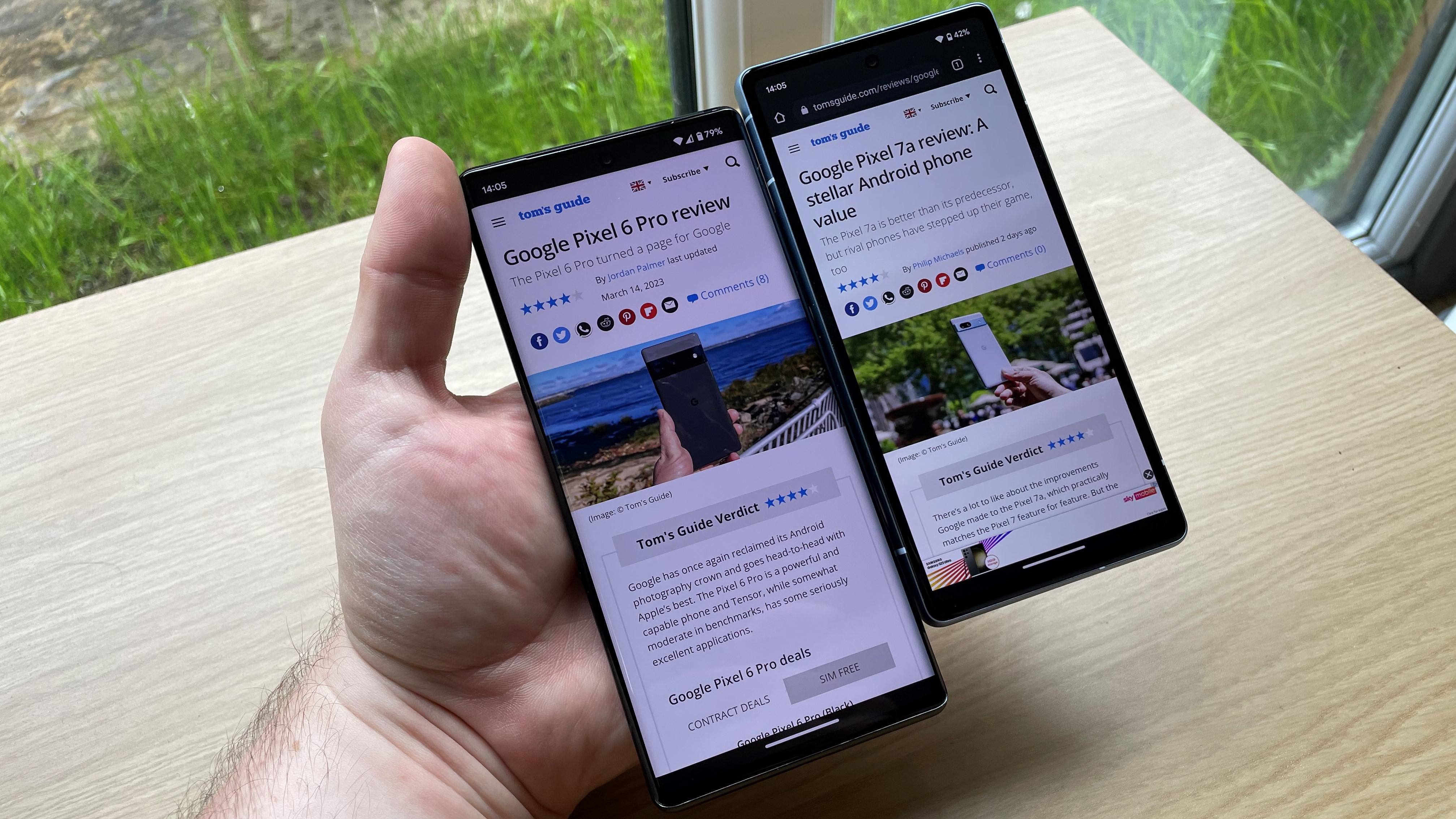
Then again Photo Unblur is not the kind of feature I’d ditch my Pixel 6 Pro over. I’ve already made it clear that I wouldn’t be tempted to upgrade to the Pixel 8 Pro unless there’s a massive increase in battery life. So there’s no way I’d drop everything and jump from a former flagship to a mid-range handset after just 18 months.
Mid-range phones can have a lot to offer, and seem to be inching closer to their premium counterparts all the time, but right now the Pixel 7a doesn’t have the features or design that I value enough to warrant what is essentially a downgrade.
One of the reasons I purchased the Pixel 6 Pro, rather than a regular Pixel 6 was the camera. I’d spent the previous few years with a OnePlus 7 Pro, which didn’t really have the greatest camera — no matter how impressive the screen was when the phone first launched.
I wanted an incredible camera that didn’t hold anything back, including camera lenses. The Pixel 6 may produce great photos, but it was missing that all-important telephoto lens. Combined with other premium features like the 120Hz refresh rate, a bigger screen with higher resolution, and a more powerful selfie camera, choosing the Pixel 6 Pro was an absolute no-brainer for me at the time.
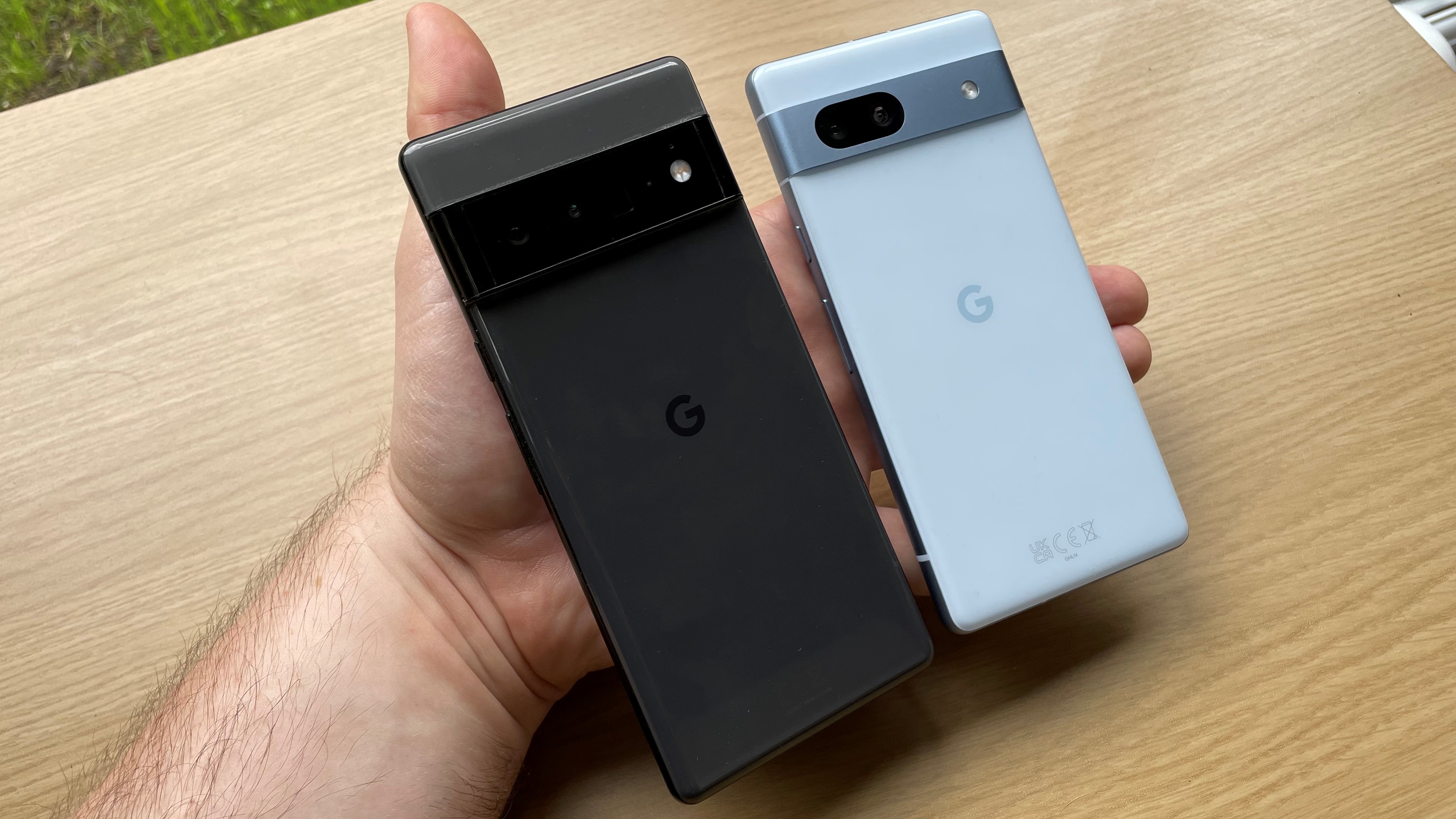
Crucially, those features are still better than what the Pixel 7a is able to offer. Even the Pixel 6 Pro’s design is noticeably better than the Pixel 7a. Looking at both phones side by side, it was clear that the 7a is the cheaper device.
The 7a isn’t as sleek, there’s a lot more plastic instead of metal or glass, and the antennae around the case are much more prominent. It’s almost like Google made little to no effort to hide them, which wasn’t the case on the Pixel 6 Pro. At the very least it did a better job of hiding those antenna lines on the black Pixel 6 Pro compared to the Arctic Blue Pixel 7a
The Pixel 7a also has a flat screen, and while I don’t see that as a bad thing some people do prefer the aesthetic or a curved-edge phone. I can’t explain why, but they do.
The fact of the matter is that the Pixel 7a is a cheaper phone for a reason, and no amount of Tensor G2-enabled editing features are going to be able to change that. Much as I really wish I could have them on my current phone.
Bottom Line
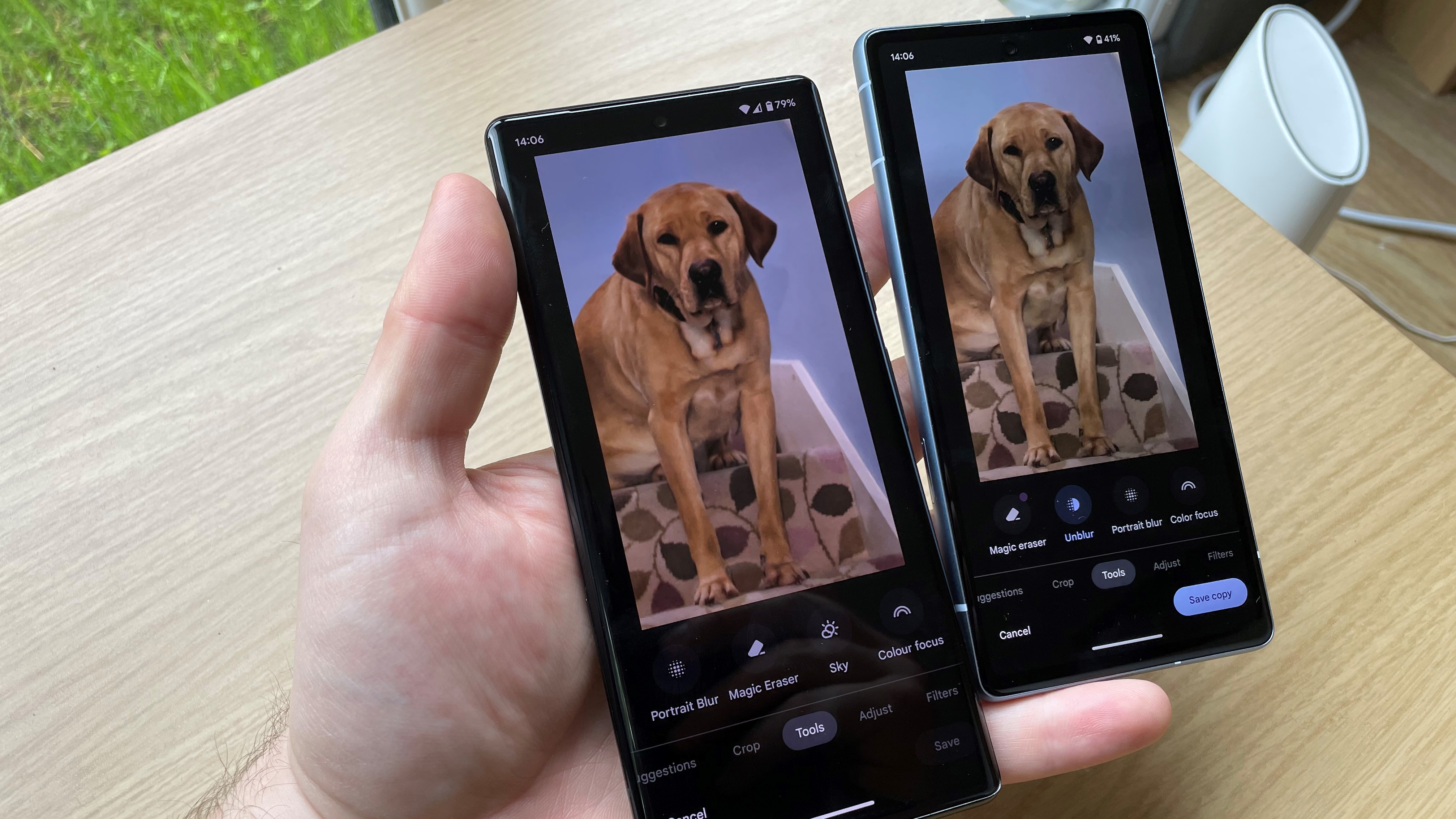
The Pixel 7a has a lot to offer, and as we noted in our Google Pixel 7a review, it’s yet another mid-range Google phone that offers a fantastic amount of value. Whether we’re talking about the camera, the 10 hour battery life, or the performance enhancements afforded by the Tensor G2 chipset.
I’m not all that bothered by this. The battery life on the Pixel 6 Pro should be a lot better than it is, but I've learned to manage it over the past 18 months. I’m pretty happy with the Pixel 6 Pro, all things considered, and that’s one of the main reasons why I don’t think I’ll be upgrading to the Pixel 8 Pro this fall.
And yet, I can’t help but be disappointed that I don’t have Photo Unblur at my disposal. All while a mid-range phone, which isn’t really built to be a flagship pixel competitor, does. One measly little feature that I may not want to use often, but would still be invaluable when I do.
More From Tom's Guide
Sign up to get the BEST of Tom's Guide direct to your inbox.
Get instant access to breaking news, the hottest reviews, great deals and helpful tips.

Tom is the Tom's Guide's UK Phones Editor, tackling the latest smartphone news and vocally expressing his opinions about upcoming features or changes. It's long way from his days as editor of Gizmodo UK, when pretty much everything was on the table. He’s usually found trying to squeeze another giant Lego set onto the shelf, draining very large cups of coffee, or complaining about how terrible his Smart TV is.
